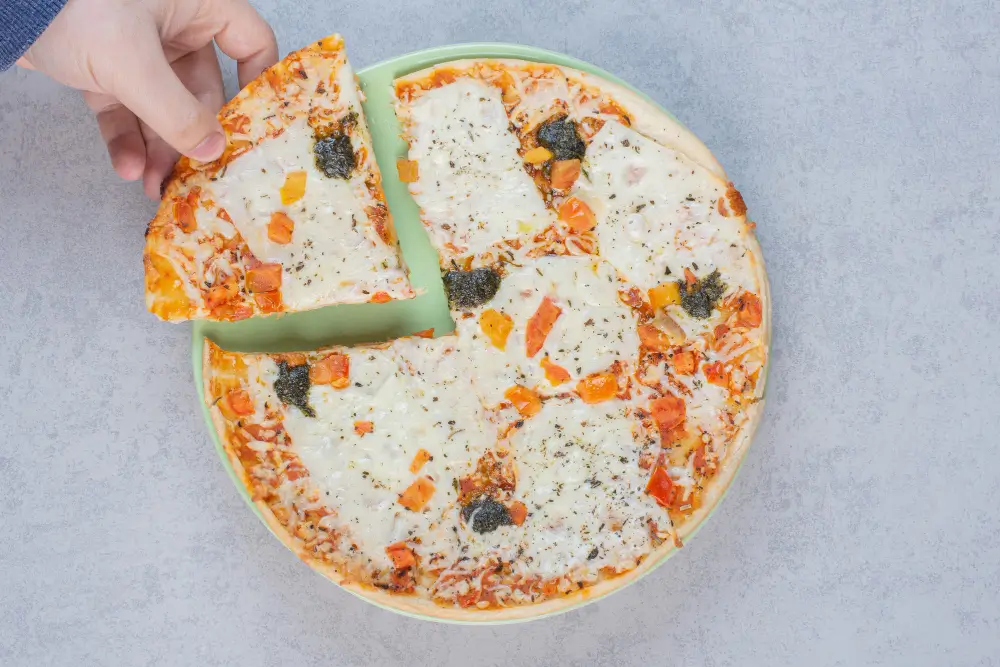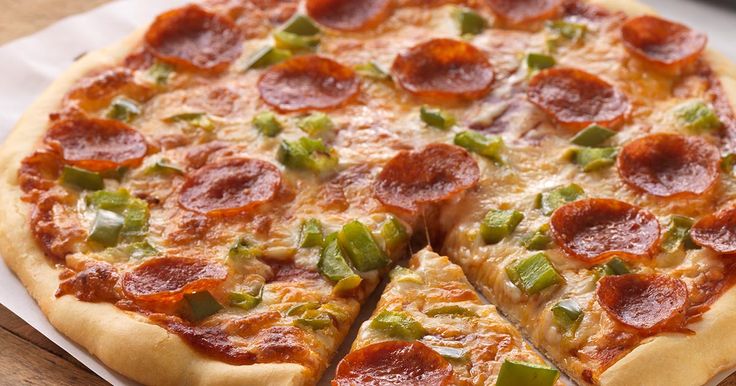Gluten-free pizza has quickly moved from being a niche trend to a tasty option on pizza menus around the world. Many people are selecting gluten-free options not only for medical reasons like Celiac disease and gluten intolerance but also as part of a cleaner, healthier lifestyle. This rise in demand has encouraged pizza restaurants and home cooks alike to get creative with ingredients, textures, and flavours, ensuring that going gluten-free is the perfect dish for any craving.
Whether you are order pizza from your favourite restaurant or preparing it at home, understanding what makes gluten-free pizza unique will help you enjoy every bite. From alternative flours and binding agents to proper baking techniques, every element plays an important role in getting the perfect crust.
What Makes Gluten-Free Pizza Different?
The illusion and the difficulty with gluten-free pizza is the crust. Gluten, a protein present in barley, rye, and wheat, provides traditional pizza dough with its structure and elasticity. Gluten enables the rise of the dough, easy stretching, and maintenance of its shape during baking. Otherwise, the crust may easily become crumbly, stiff, or dry.
Bakers use an ingenious blend of ingredients to reproduce that traditional pizza texture in the absence of gluten. Most gluten-free crusts are not prepared using a single flour but rather a mixture of flours and starches with a combination of binding agents to give the crust its chewiness and elasticity that are similar to gluten. This innovative method has transformed gluten-free pizza to be a tasty substitute for anyone who wants to have either a light or allergen-free alternative.
The Importance of Crust in Gluten-Free Pizza

The crust is important on every pizza. It determines not just how the pizza looks, but also how it tastes and feels with each bite. In a gluten-free pizza, the crust is where the biggest transformation happens.
Moisture Balance
The issue that is usually faced with gluten-free dough is dryness. In comparison to wheat flour, gluten-free flours absorb more water and, therefore, the crust may become brittle. The answer is in precisely regulating the amount of hydration of the dough and incorporating moisture-retaining substances, such as tapioca starch or psyllium husk. This assists in the formation of a soft, pliable, and tasty crust.
Texture and Elasticity
Pizza dough is made without gluten, and it does not have that natural stretch that makes traditional crust have a chewy bite. To remedy this, numerous recipes contain xanthan gum, guar gum, or psyllium husk. These components are binding agents that make the dough maintain its shape and stretch a bit to provide the crust with a pleasing texture upon baking.
Crisp vs. Soft
It is important that a good gluten-free pizza has a fine balance, crispy around the edges and bottom, soft, and tender on the inside. This is achieved through baking temperature, the pan/ stone used, and the manner in which the dough is prepared. It can be a hot oven and a prepared baking surface that can make the difference.
Key Ingredients for a Perfect Gluten-Free Crust
Gluten-free pizza crusts are prepared with alternative flours, including rice, almond, or cauliflower, combined with natural ingredients to mimic the soft, chewy texture of traditional dough. The goal is to create a light, crisp base that holds toppings perfectly while staying gluten-free and easy to eat.
Toppings and Sauces for Gluten-Free Pizza
Adding crust, sauces, and toppings on pizza gives a delicious experience. One of the great things about gluten-free pizza is that you can customize it the way you like it, like a regular pizza, as long as all toppings are gluten-free.
Various Sauce Options:
- Classic Tomato Sauce: A timeless base prepared with crushed tomatoes, olive oil, and herbs.
- White Garlic Sauce: This is so creamy and rich, and it is combined with chicken or vegetable pizzas.
- Pesto: Fresh and fragrant, adding a vibrant twist to gluten-free crust.
- BBQ Sauce: Great for smoky and savoury flavour combinations.
Many Cheese Choices:
- Mozzarella: Melts beautifully and offers classic pizza stretch.
- Fresh Mozzarella: Creamier and softer, ideal for simple Margherita-style pizza.
- Parmesan or Pecorino: Adds a sharp and salty finish.
- Blended Cheeses: A combination of mozzarella and cheddar can make a rich & layered flavour.
Delicious Gluten-Free Toppings:
- Fresh vegetables such as mushrooms, bell peppers, onions, and spinach.
- Various Meats, including pepperoni, sausage, ham, and grilled chicken.
- Fresh herbs, including basil, rocket, or oregano added after baking for extra aroma.
Always double-check sauces and meats to ensure they are gluten-free, because some can contain hidden gluten.
Baking Techniques for the Perfect Gluten-Free Pizza

Baking is what brings the crust, sauce, and toppings together. For gluten-free pizza, baking correctly is crucial to avoid a soggy base or uneven texture.
Best Baking Practices:
- Preheat the Oven: A hot oven (usually between 450–500°F / 230–260°C) ensures a crisp crust.
- Use a Pizza Stone or Steel: This helps mimic a professional pizza oven and produce a well-browned base.
- Bake the Crust First: Pre-baking is used to make the dough firm and prevent the toppings from sinking into the dough.
- Finish at High Heat: Add toppings, then bake until toppings are melted and the cheese is bubbly and the crust is golden brown.
For these gluten-free crusts, slightly lower the temperature and increase baking time to ensure the inside cooks through without burning the edges.
The Rise of Gluten-Free Pizza
With the increasing number of individuals seeking healthier and allergen-free food free of allergens, gluten-free pizza has turned out to be a regular menu item in pizzerias around the world. It’s no longer considered a compromise; in fact, many gluten-free crusts are praised for their light, crispy texture and tasty flavours.
Restaurants use high-quality ingredients and special preparation methods to deliver pizzas that are just as indulgent and satisfying as their delicious taste. Homemade, too, can be given with the right techniques and patience.
Tips for Choosing the Best Gluten-Free Pizza
- Look for a balanced flour blend; single-flour crusts often turn out too crumbly.
- Prioritize moisture retention to avoid a dry texture.
- Use binding agents to give your dough elasticity and chewiness.
- Bake on a hot surface for a crisp base.
- Experiment with flavours, gluten-free crusts pair beautifully with fresh sauces, herbs, and creative toppings.
Conclusion
Gluten-free pizza is proof that dietary restrictions don’t have to limit flavour or enjoyment. With the right combination of flavour, binders, and baking techniques, you can prepare a pizza that’s crispy on the outside, soft on the inside, and packed with tasty toppings. For a delicious experience, you can also add starters, soft drinks, or dessert as per your convenience.
Whether you’re managing Celiac disease, cutting back on gluten, or simply trying something new, a well-prepared gluten-free pizza can provide the same comfort, satisfaction, and joy as the original. All it takes is understanding the ingredients, handling the dough carefully, and baking it to perfection.
